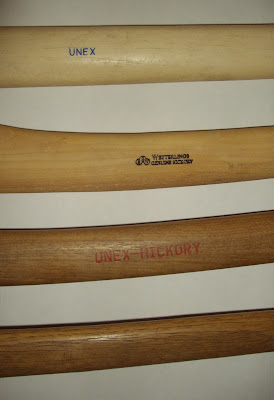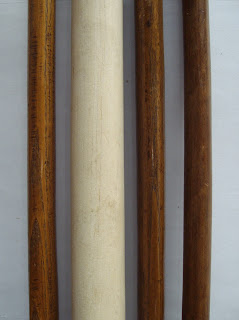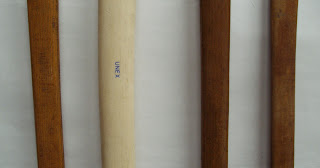https://imgur.com/a/k30U9
My father gave me this handle and the first thing I noticed was how thin it is. Besides the palm swell and eye it is 11/16 to 3/4 thick. Overall length is 29 inches, smallest point is 1 1/4” front to back and it has a full size eye. It’s old and made of oak. I know it’s thinner then any handle I have seen at a store but I also know that the older handles were quite thin. So I guess my question is, is this thin even for a old time handle? How thin is too thin?
Unfortunately the grain is 90 degrees the wrong way which makes me hesitant to use it. I may just use it as a template.
My father gave me this handle and the first thing I noticed was how thin it is. Besides the palm swell and eye it is 11/16 to 3/4 thick. Overall length is 29 inches, smallest point is 1 1/4” front to back and it has a full size eye. It’s old and made of oak. I know it’s thinner then any handle I have seen at a store but I also know that the older handles were quite thin. So I guess my question is, is this thin even for a old time handle? How thin is too thin?
Unfortunately the grain is 90 degrees the wrong way which makes me hesitant to use it. I may just use it as a template.




